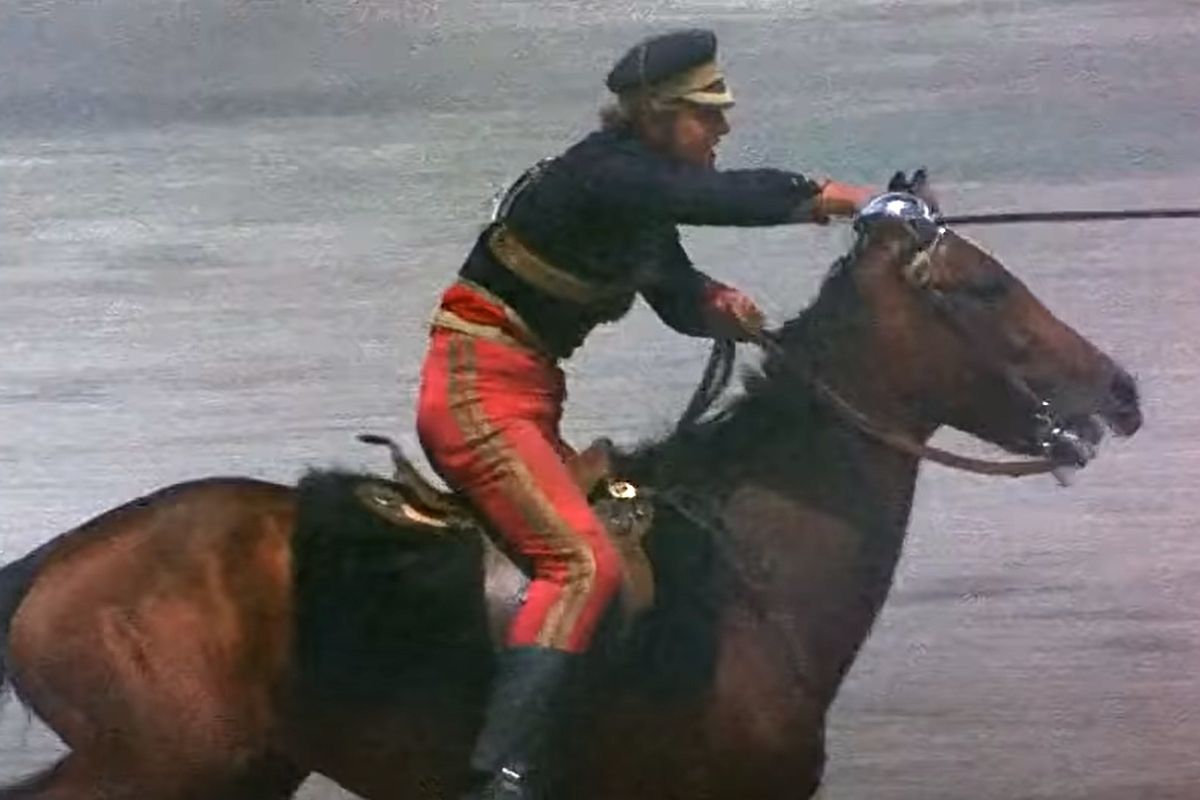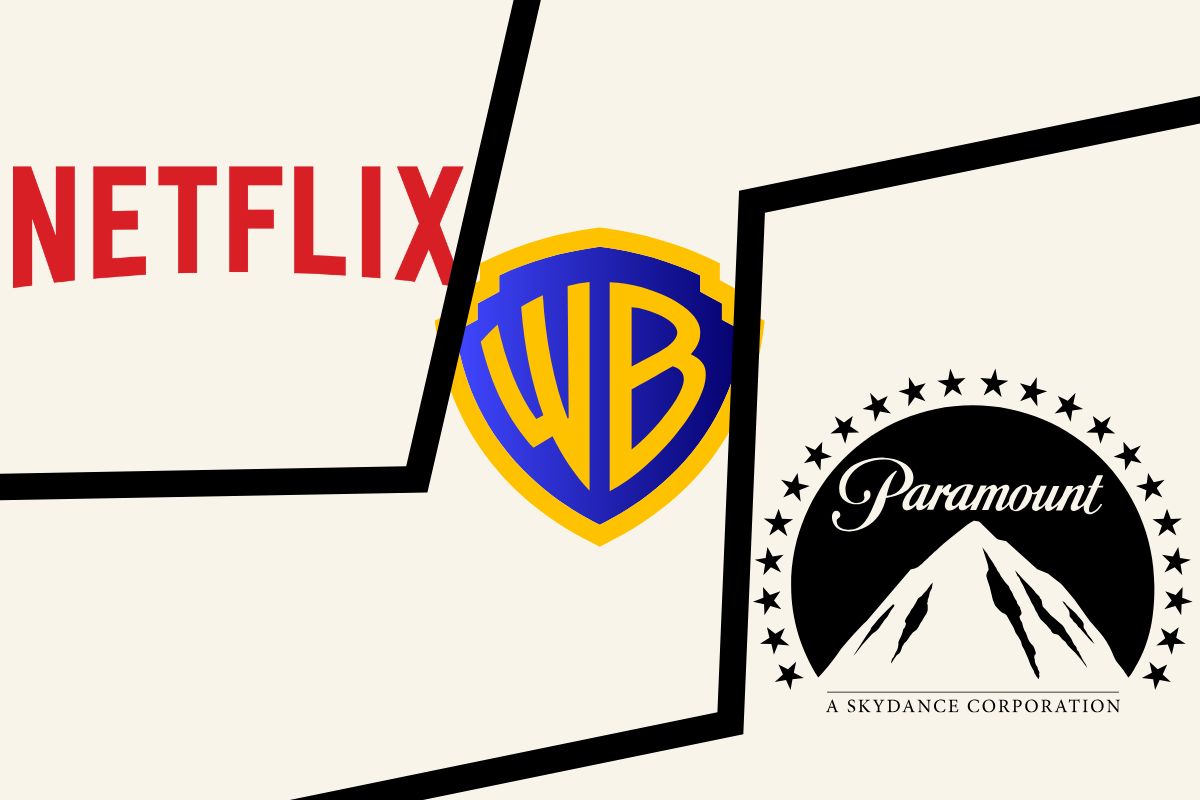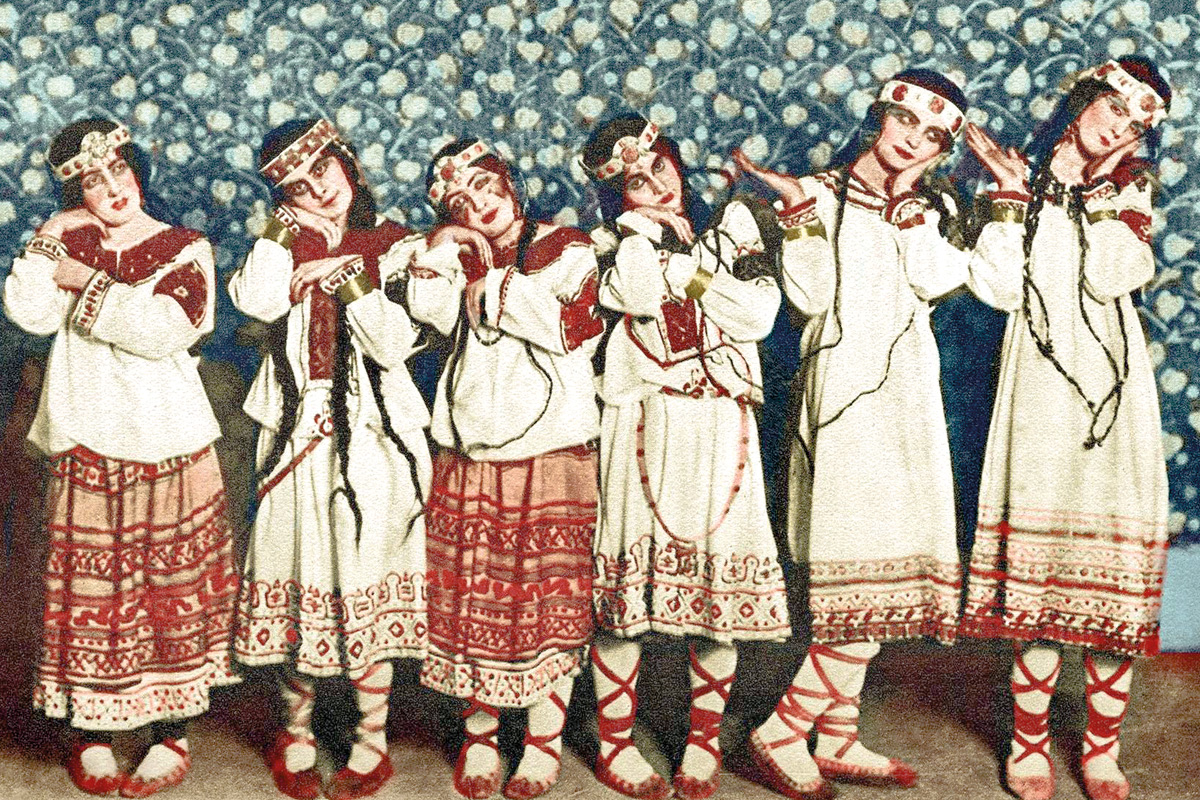Tony Richardson’s classic film about Britain’s disastrous battle in the Crimean War has recently been re-released. This comes at a very timely moment, given the humiliation inflicted upon Western imperialism in Afghanistan.
There has long been an odd tradition in England of glorifying defeats and disasters. Particularly those that come under the category of huge blunders, be it Dunkirk, or Scott of the Antarctic.
So too with the Charge of the Light Brigade of October 1854 – a major military failure, duly immortalized in Tennyson’s famous poem. The Charge has entered into heroic mythology, showing British ‘spirit’ up against terrible odds. And paying the price.
Tony Richardson’s 1968 film, now released on Blu-ray and on streaming platforms, was an attempt to show what really happened; and, more to the point, to highlight some of the similarities to more recent military excursions, particularly the Vietnam War.
Imperialist adventure
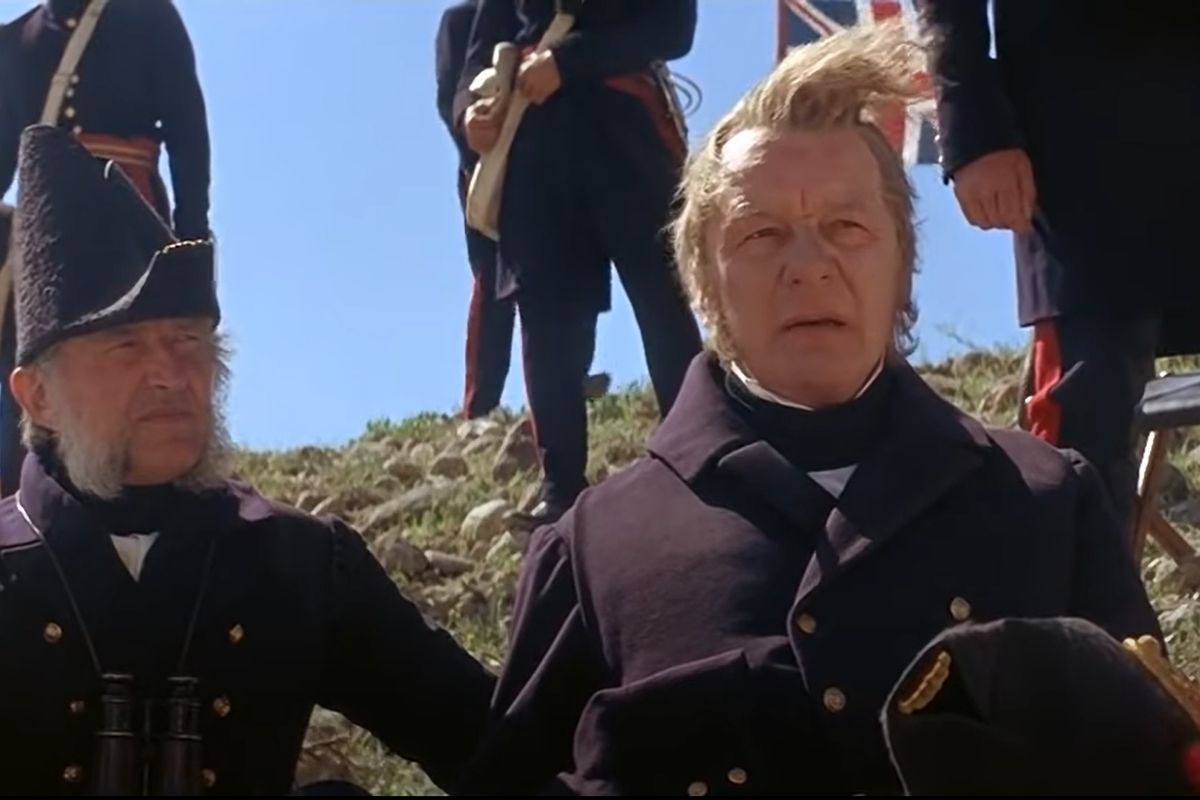
The Charge took place during the Battle of Balaklava, at the height of the Crimean War (1853- 56). This was a conflict between Britain and France on the one side, and Russia on the other.
The excuse for the war was religious persecution and the need to ‘defend’ Turkey. But, in reality, it was an imperialist fight for control over the territories of the fading Ottoman Empire.
From the start, the film makes great use of Richard Williams’ extraordinary animation, done in the style of the old newspaper and Punch magazine illustrations of the time. The animated sequence which opens the film demonstrates this to great effect. As the Russian bear attacks ‘poor old’ Turkey, the English lion wakes, roars and…puts on a British Bobby’s hat.
As the film credits roll, we see scenes of industry and trade, including sweatshops and child labour in the mines – all watched over by a hand-waving Queen Victoria and set against a mock-heroic score by John Addison. It is both stirring, yet hinting at a darkness to come.
Class divide
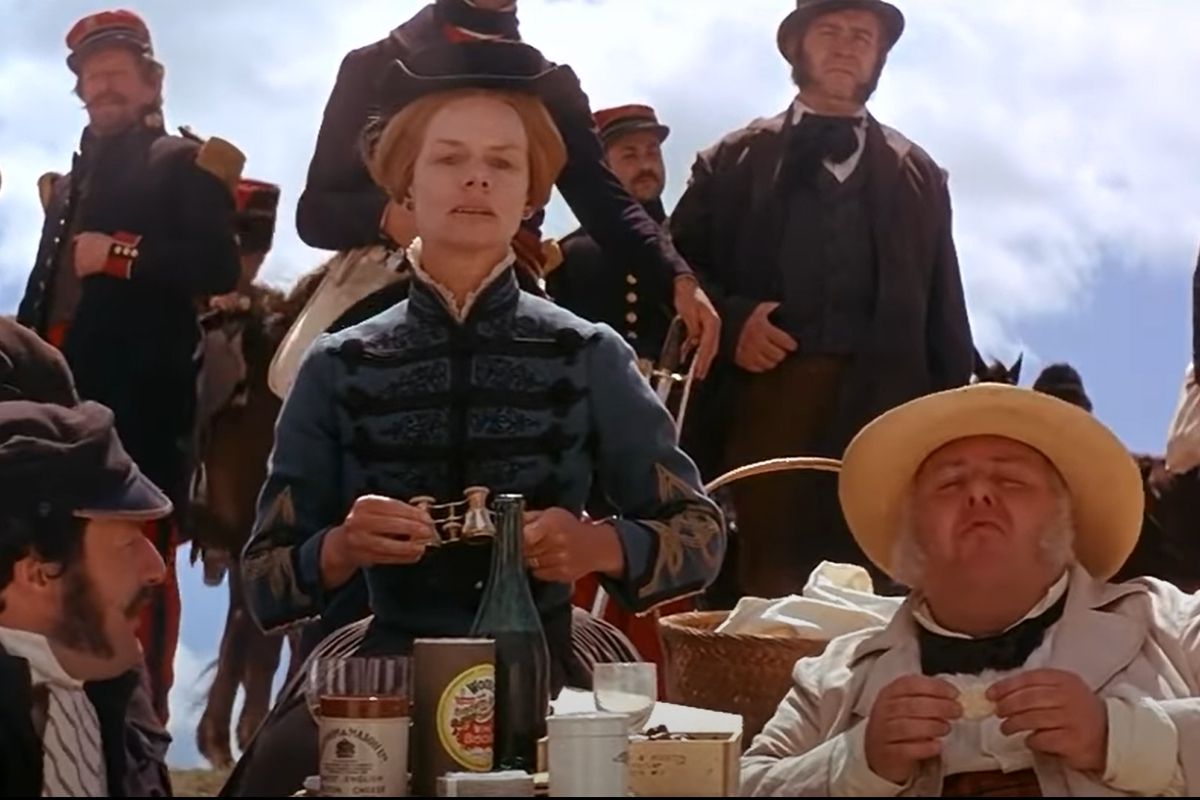
The first part of the film takes place in the year leading up to the war. We see a British army, idle and led by officers desperate for ‘adventure’.
The class conflicts are all too clear. The ranks live in squalor and are brutally treated. At the other end of the scale, the officers and generals are drawn from the ranks of the ruling class, with assorted Lords able to just buy senior command, despite knowing nothing.
In the middle are those who have seen actual conflict and are calling for professionalism of the army. This layer is represented in the film by the important historical character of Captain Nolan (David Hemmings), who would later be scapegoated for the disaster of the Charge.
The man in charge of the Light Brigade is Lord Cardigan (Trevor Howard) – an upper-class self-promoter who hates the more professional officers underneath him. This leads him into conflict with Nolan, who stands up to Cardigan. Lord Raglan (John Gielgud) gives Nolan a post in his office to head-off the conflict, for now anyway.
We now see the British people being whipped up into a frenzy over ‘the Russians’ so that war can finally be waged. Again the parallels with more recent conflicts are all too obvious.
The second half of the film shows the contrast between the jollity of those at the top enjoying their military adventure, and the brutal reality of a conflict beset with errors and a huge loss of life, even before the fateful charge.
At one point, officers are playing cricket, whilst other men injured in battle are having their limbs amputated without anaesthetic.
The Charge

So to October 1854 and the Battle of Balaklava. Raglan, watching from a vantage point, issues unclear instructions for the Light Brigade to recover armaments captured by the Russians. There are two valleys in front of him, one with the stolen weapons, and the other containing the full might of the Russian forces.
The leaders on the field (Lords Cardigan and Lucan, who hate each other), however, bicker over the instruction. In any case, they can only see one valley – the wrong one.
Nolan, who has had enough of the idiots in command, loses his temper and – having delivered the order from Raglan – points at the wrong valley and says “there are your weapons!”
By the time Nolan realises his error it is too late. Having joined the Light Brigade in the doomed advance, he tries to warn Cardigan, who is racing ahead oblivious to the danger. But Nolan is killed in the first volley from the incredulous Russians.
What follows is a massacre. The film ends with Raglan, Lucan, and Cardigan arguing over who should take the blame, against a backdrop of dead-and-dying men and horses.
Although a commercial flop at the time, Richardson’s film deserves a reappraisal as a sharp ripost to the flag-waving war films of the time.
It is a vivid exposé of the class divisions within the army and society at large. Imperialist war is shown as both self-serving and futile, resulting in only death and destruction. The buzzing of the flies over the corpses are heard on the soundtrack as the final credits roll – no music and no glory.

